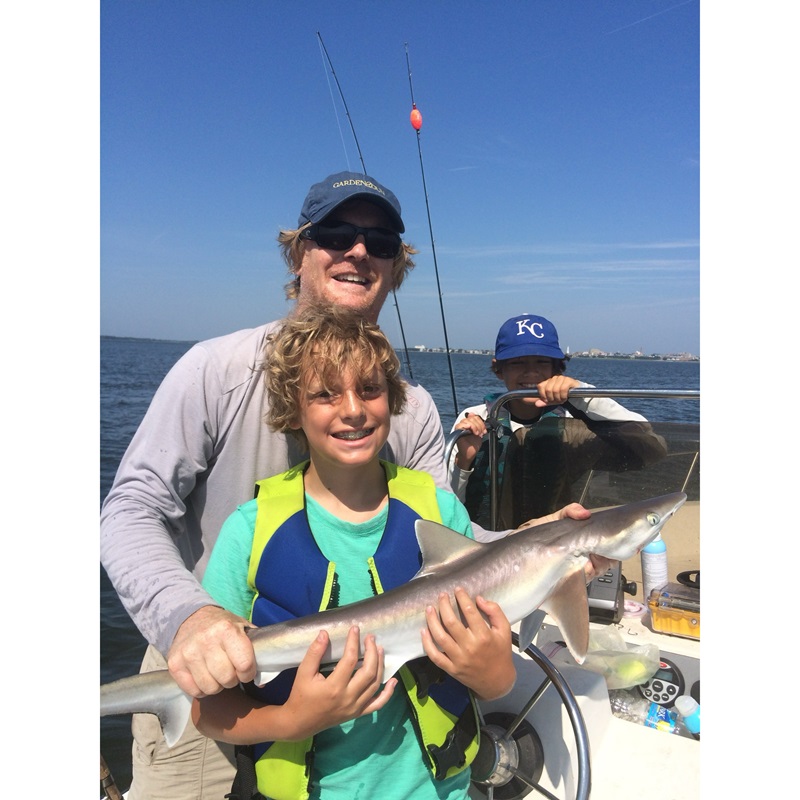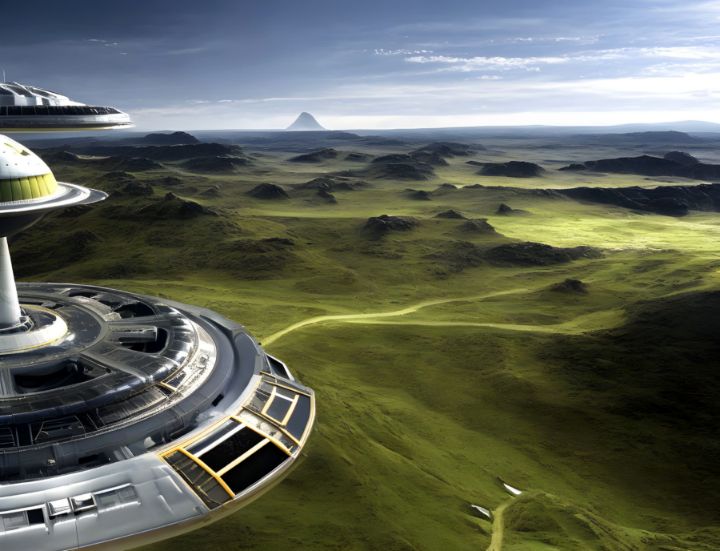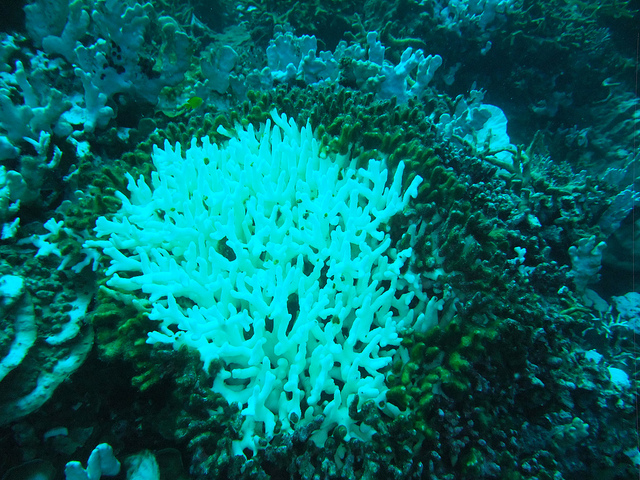Report on the SEAwise Project’s Contribution to Sustainable Fisheries Management
1.0 Introduction: Aligning European Fisheries with Sustainable Development Goals
The SEAwise project has concluded its research initiative aimed at operationalizing Ecosystem-Based Fisheries Management (EBFM) across Europe. Through a series of documentary films, the project showcases collaborative efforts between scientific researchers, policymakers, and industry stakeholders. This initiative directly addresses the United Nations’ Sustainable Development Goals (SDGs), primarily focusing on SDG 14 (Life Below Water) by promoting the conservation and sustainable use of marine resources. The project’s emphasis on multi-stakeholder collaboration also serves as a model for achieving SDG 17 (Partnerships for the Goals), demonstrating how effective partnerships can translate scientific knowledge into actionable policy for sustainable development.
2.0 Core Project Objectives and SDG Integration
The SEAwise initiative was structured to advance several key SDGs through its research and stakeholder engagement. The primary alignments include:
- SDG 14: Life Below Water: The project’s core mission is to implement EBFM, which is fundamental to achieving targets related to ending overfishing (Target 14.4), sustainably managing marine ecosystems (Target 14.2), and conserving marine areas (Target 14.5).
- SDG 17: Partnerships for the Goals: By co-designing research with Advisory Councils, NGOs, and the fishing industry, SEAwise exemplifies the multi-stakeholder partnerships required to create effective and equitable environmental governance (Target 17.17).
- SDG 13: Climate Action: The project addresses the impacts of climate change on marine ecosystems, as highlighted in the ‘Shifting Seas’ film, contributing to building resilience and adaptive capacity in the fisheries sector (Target 13.1).
- SDG 8: Decent Work and Economic Growth: By seeking to balance ecological health with the socio-economic needs of fishing communities, the project supports the long-term economic sustainability of the marine sector.
3.0 Regional Case Study Analysis: Implementing SDGs in Practice
The project’s findings are detailed through several regional case studies, each highlighting unique challenges and pathways toward achieving sustainable marine management.
3.1 The Baltic Sea: An Ecosystem Approach for SDG 14
The Baltic Sea case study underscores the urgent need for a holistic management approach to address severe ecological pressures and restore marine health, in line with SDG 14.2 (Protect and Restore Ecosystems).
- Challenge: The region faces significant declines in key fish stocks (cod, herring) due to multiple anthropogenic pressures, including fishing and eutrophication from land-based activities.
- Finding: The report concludes that fisheries management alone is insufficient. Achieving Good Environmental Status requires broader societal action involving agriculture, tourism, and shipping industries, linking marine health (SDG 14) with sustainable land use (SDG 15: Life on Land).
- Recommendation: A whole-of-ecosystem approach is essential for the recovery of the Baltic Sea, requiring cross-sectoral policies that address all drivers of environmental degradation. As stated by Dr. Stefan Neuenfeldt, “We have to see our ocean as a complex environment.”
3.2 The Mediterranean Sea: Collaborative Governance for Marine Protection
The Mediterranean study focuses on the need for enhanced governance and stakeholder collaboration to meet biodiversity targets and balance competing interests, directly addressing SDG 14.5 (Conserve Coastal and Marine Areas) and SDG 17.17.
- Challenge: The current network of Marine Protected Areas (MPAs) is insufficient to meet the EU’s goal of protecting 30% of its seas by 2030 or to adequately reduce bycatch and seabed impacts.
- Finding: Effective governance requires active collaboration between science, industry, and society to design tailored management measures that respect the region’s unique social-ecological systems. This aligns with the principles of inclusive decision-making central to the 2030 Agenda.
- Recommendation: The project recommends establishing new MPA sites and implementing fisheries management measures co-designed with fishers. Dr. Vassiliki Vassilopoulou notes that a “unified pressure for change” from all stakeholders is necessary to trigger the political response needed for EBFM implementation.
3.3 The North Sea: Balancing Trade-offs through Stakeholder Partnership
The North Sea case study exemplifies the practical application of SDG 17 by focusing on managing socio-ecological trade-offs through a participatory process, ensuring that the pursuit of SDG 14 does not undermine SDG 8 (Decent Work and Economic Growth).
- Challenge: Decisions in marine management involve complex trade-offs between ecological conservation, economic viability for the fishing industry, and broader societal interests.
- Finding: The SEAwise project successfully bridged the science-policy-stakeholder interface by co-designing research priorities with partners like the North Sea Advisory Council (NSAC). This process provides decision-makers with tools to transparently discuss and negotiate priorities.
- Recommendation: The report advocates for institutionalizing spaces for stakeholder negotiation to ensure management decisions are “inclusive and fair.” According to Tamara Talevska of the NSAC, providing operational examples of EBFM is key to motivating managers to adopt a more holistic approach.
SDGs, Targets, and Indicators Analysis
1. Which SDGs are addressed or connected to the issues highlighted in the article?
-
SDG 14: Life Below Water
This is the primary SDG addressed. The article is entirely focused on marine environments, discussing sustainable fisheries management, the health of marine ecosystems (Baltic, North, and Mediterranean Seas), the decline of fish stocks (Western Baltic cod and herring), and the establishment of Marine Protected Areas (MPAs). The core theme is the implementation of Ecosystem-Based Fisheries Management (EBFM) to ensure the health and productivity of Europe’s seas.
-
SDG 17: Partnerships for the Goals
The article heavily emphasizes the importance of collaboration. It highlights that the SEAwise project “has involved the collaboration of scientific researchers, policy makers, and stakeholders” and that its research priorities were “co-designed with a range of stakeholders from the fishing industry to NGOs.” This focus on multi-stakeholder partnerships to achieve sustainability goals directly aligns with SDG 17.
-
SDG 13: Climate Action
The article makes a direct connection to climate change, mentioning the project’s first film which “addresses climate change impacts on fish and fisheries in the Bay of Biscay and Celtic and Irish Seas.” This shows that the project’s scope includes understanding and mitigating the effects of climate change on marine ecosystems.
-
SDG 12: Responsible Consumption and Production
The article’s focus on achieving “effective fisheries management” and addressing issues like “declines in key stocks” and “zero catch quotas” is fundamentally about ensuring sustainable production patterns in the fishing industry. By promoting EBFM, the project aims to manage a natural resource responsibly.
2. What specific targets under those SDGs can be identified based on the article’s content?
-
Target 14.2: By 2020, sustainably manage and protect marine and coastal ecosystems to avoid significant adverse impacts, including by strengthening their resilience, and take action for their restoration in order to achieve healthy and productive oceans.
- Explanation: The article’s central theme is the operationalization of “Ecosystem Based Fisheries Management (EBFM),” which is a holistic approach to sustainably managing marine ecosystems. It explicitly mentions the goal to “restore Good Environmental Status in the Baltic Sea” and reduce “seabed impacts as a result of fishing,” which directly corresponds to this target.
-
Target 14.4: By 2020, effectively regulate harvesting and end overfishing… and implement science-based management plans, in order to restore fish stocks in the shortest time feasible…
- Explanation: The article discusses the consequences of unsustainable fishing, such as “considerable declines in key stocks in recent years, leading to zero catch quotas for Western Baltic cod and herring.” The entire SEAwise project is an effort to create “actionable, tailor-made advice” and science-based plans to achieve “effective fisheries management” and support the recovery of stocks.
-
Target 14.5: By 2020, conserve at least 10 per cent of coastal and marine areas…
- Explanation: The article directly references a more ambitious version of this target, stating, “Under its Biodiversity Strategy, the EU has committed to designating at least… 30 per cent of its sea as protected… by 2030.” It further discusses how SEAwise research provides “Key policy recommendations… including new Marine Protected Area (MPA) sites.”
-
Target 14.a: Increase scientific knowledge, develop research capacity and transfer marine technology… in order to improve ocean health…
- Explanation: The SEAwise project is described as a “dynamic research programme” that works to “develop tools and actionable, tailor-made advice.” This initiative, which bridges the “science-policy-stakeholder interface,” is a clear example of increasing scientific knowledge and research capacity to improve fisheries management and ocean health.
-
Target 17.17: Encourage and promote effective public, public-private and civil society partnerships…
- Explanation: The article repeatedly showcases such partnerships. It mentions “participatory workshops with the EU’s Advisory Councils,” the involvement of the “North Sea Advisory Council (NSAC),” and the collaboration with “fishermen and industry advisors.” The statement that “research priorities have been co-designed with a range of stakeholders from the fishing industry to NGOs” perfectly illustrates this target.
3. Are there any indicators mentioned or implied in the article that can be used to measure progress towards the identified targets?
- Indicator for Target 14.2: The achievement of “Good Environmental Status in the Baltic Sea” is mentioned as a measurable goal. A reduction in “seabed impacts as a result of fishing” is another implied indicator of ecosystem health.
- Indicator for Target 14.4: The status of fish stocks, such as the recovery of “Western Baltic cod and herring” from levels that required “zero catch quotas,” serves as a direct biological indicator. The implementation of EBFM plans is a process indicator.
- Indicator for Target 14.5: The article provides a clear quantitative indicator: the percentage of sea designated as protected areas, with the specific goal of “30 per cent of its sea as protected.” The number of “new Marine Protected Area (MPA) sites” established is a direct measure of progress.
- Indicator for Target 14.a: The development and adoption of “tools and actionable, tailor-made advice” by policymakers and stakeholders is an indicator of successful knowledge transfer and research capacity development.
- Indicator for Target 17.17: The active functioning of multi-stakeholder bodies like the “North Sea Advisory Council (NSAC)” and the number of “co-designed” research initiatives are clear indicators of effective partnerships between science, policy, and civil society.
4. Summary Table: SDGs, Targets, and Indicators
| SDGs | Targets | Indicators |
|---|---|---|
| SDG 14: Life Below Water | 14.2: Sustainably manage and protect marine and coastal ecosystems. | Achievement of “Good Environmental Status”; Reduction in “seabed impacts as a result of fishing.” |
| 14.4: Effectively regulate harvesting and end overfishing. | Recovery of key fish stocks (e.g., Baltic cod and herring); Implementation of science-based management plans (EBFM). | |
| 14.5: Conserve coastal and marine areas. | Percentage of sea designated as protected (target of 30%); Number of new Marine Protected Areas (MPAs) established. | |
| 14.a: Increase scientific knowledge and research capacity. | Development and adoption of new scientific “tools and actionable, tailor-made advice” for fisheries management. | |
| SDG 17: Partnerships for the Goals | 17.17: Encourage and promote effective public, public-private and civil society partnerships. | Active engagement in multi-stakeholder platforms (e.g., North Sea Advisory Council); Number of “co-designed” research priorities with stakeholders (industry, NGOs). |
Source: thefishingdaily.com







